Schools must be safe zones for students and teachers. That means the first step in school safety is securing the perimeter of a school. It seems like simple logic that we should keep intruders out and also make sure the area inside those boundaries is safe for children and adults. Students are our priority, but teachers need protection too.
Unfortunately, as we have seen far too frequently, our schools are easy targets for those who wish to harm others. When premeditated attacks and school shootings occur, they are usually over within minutes. Most of the time law enforcement is simply not able to respond quickly enough to the event and lives are needlessly lost.
Intruders, who wish to hurt our students and teachers, are usually very familiar with the schools defense system and create plans around that information. More than likely, the defense strategy is in the student handbook posted online. These people know when to attack, where to go and often how to escape. Students and teachers alike, as well as approved visitors should have a visible identification badge on them at all times. There needs to be secure exterior doors to limit building access points, and each district must increase security procedures and awareness.
Former Metro Nashville Principal Bill Gemmill, pointed out: “All schools need upgraded security, whether it is as simple and reasonable as inside locks on classroom doors.” It is also time to put metal detectors in every school across America. The federal government could absorb the cost by simply eliminating any of the already wasteful programs they are funding. Public school safety must be a priority at every level of government. If you see something, say something, and then someone in authority must do something.
The last line of defense that we can have for our kids is an armed person willing and ready to defend them if the unspeakable should happen. That is why it is critical that we look at expanding the School Resource Officer (SRO) program. This is a highly effective program that serves many purposes during the school year and is invaluable where it now exists. It is important that the program be directed by a local law-enforcement agency, working in conjunction with the local education agency. The school can employ and utilize additional security, but the primary responsibility should fall to local law enforcement.
The Center for Problem-Oriented Policing has outlined three basic roles of an SRO: Safety Expert and Law Enforcer, Problem Solver and Liaison to Community Resources and Educator. While all three are important functions, the primary role should focus on the law enforcement and safety component. SRO’s should be preserving order and promoting safety on campus and serving as first responders in the event of critical incidents at schools, such as accidents, fires, explosions, and other life threatening events. They are not supplementary school administrators dealing with minor school discipline issues or emergency instructors. It is clear that we must better define SRO programs, what we want them to accomplish, and better analyze how we measure their effectiveness. Law Enforcement and School District Leaders should yield to the law enforcement professionals on matters of school safety and law enforcement.
I strongly support the 2nd Amendment and have a handgun carry permit myself. However, we must have common sense approach to who, when, and where we can carry firearms, without infringing on the rights of law abiding citizens. We should raise the age for the purchase of certain guns to the age of 21, with exemption to active duty or honorably discharged military. We prohibit drinking of alcoholic beverage until 21, we should follow suit here as well. Many young people just are not prepared for the responsibility of drinking or owning a firearm. We should make stronger background checks, considering factors such as criminal background and mental health. We should also prohibit bump stocks that can convert guns into automatic weapons. We should more aggressively punish those who commit crimes with guns. But we will need to be careful that the policy is reasonable.
Policymakers, at the state and federal level, are also likely to look at legislation that empowers individual school districts to determine for themselves what direction they want to take on school safety, including qualified, certified and licensed volunteer school personnel going armed in their building. If a district decides to allow trained and armed teachers and administrators into the schools, the decision should not be taken lightly. The state should never mandate educators having to carry firearms or prohibit them from carrying, if permitted by the district. It is a decision that should be made at the local level based on the needs and size of the community.
Certainly, armed teachers who possess training or a military background would deter some intruders. However, trained law enforcement personnel are much preferred and would be a much greater deterrent. Mike Conrad, a teacher in Detroit said in a recent interview: “I think that the moment that you put a gun on the hip of a teacher in a classroom, that we have accepted the norm that school shootings will not stop, that we are now on the front line to defend against them, instead of trying to find a way to stop them.” The subject is very emotional, with good arguments coming from either side of the debate, which is why each community must decide for themselves this issue.
School safety policies must be flexible and practical. However, the issue of improved school security will not be resolved in the current political environment, as long as real solutions are not considered based on a liberal or conservative bias. It is time to quit playing political volleyball with this issue. Real lives, those of children and adults, are at stake in our schools. The time of talking is past; it is time to take action. Any viable option that can lead to a safer environment in our schools and communities should be on the table.
– – –
JC Bowman is the Executive Director of Professional Educators of Tennessee. Professional Educators of Tennessee is a non-partisan teacher association headquartered in Nashville, Tennessee. Permission to reprint in whole or in part is hereby granted, provided that the author and the association are properly cited.

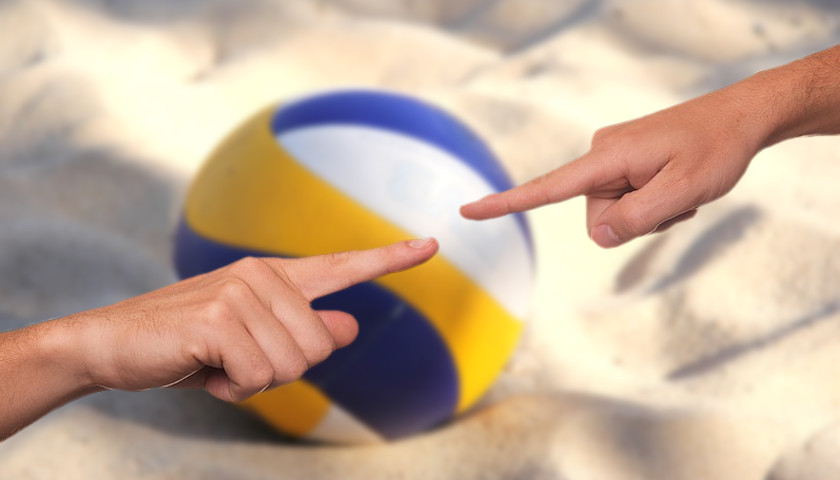
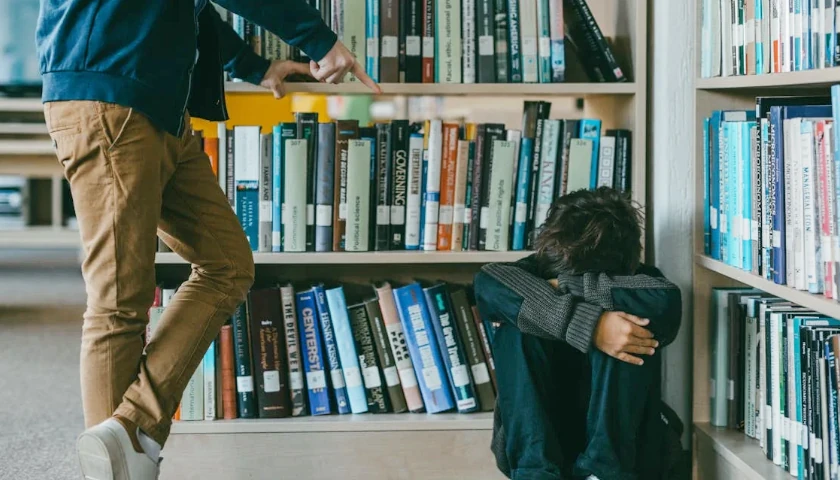
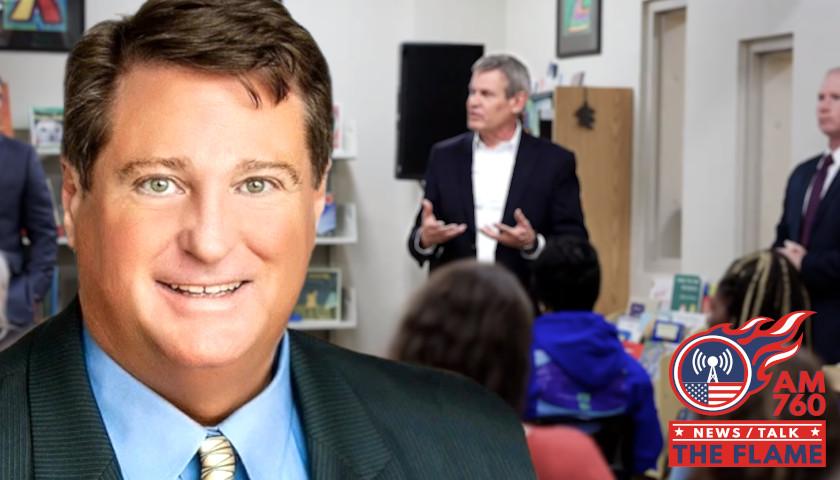
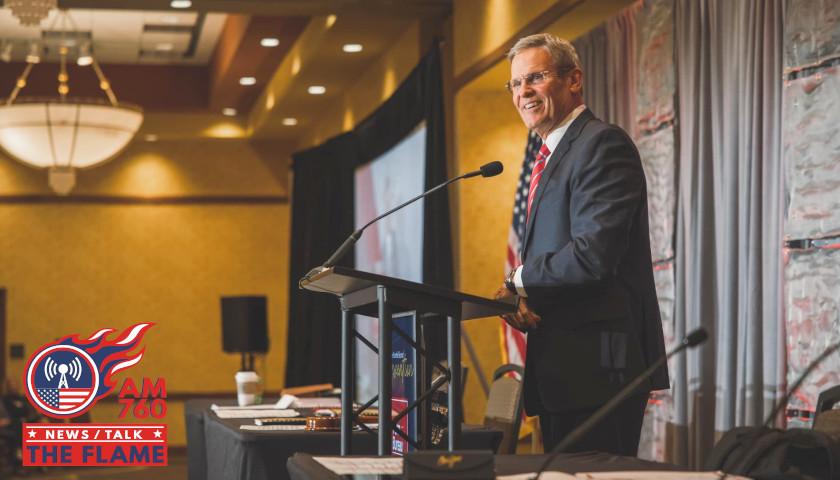
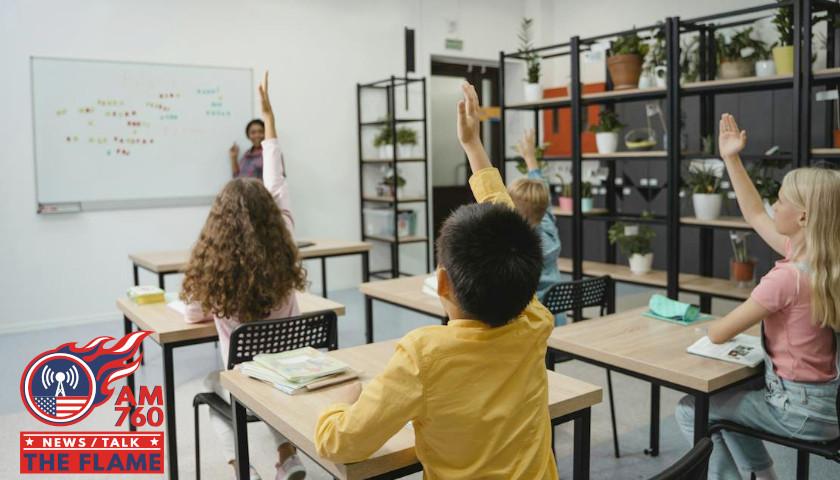
Mr. Bowman, your comments on school perimeter security are spot on. Actually multi layers of perimeter security are available. Not only should exterior doors be locked but alarmed. And an additional layer of security for exterior doors would be motion detector activated warning to anyone approaching the door during secure school hours. A verbal warning that they have been detected and must leave before security arrives will discourage most if not all would be intruders (innocent or otherwise).
A double locked single point of entry (used only after all students are in school) would also be very useful in identifying persons seeking entry. It should provide for inspection of the person and any articles they are carrying. It should also feature the ability to lock the person inside between the two secure doors until police arrive (should that be necessary).
This is a well-written and considered article.
I concur that we need more physical security.
I concur that we could use more armed SRO’s.
I concur that the primary role of SRO’s is security.
I concur that SRO’s help students be comfortable with police and thus help change the perspective of LEO’s in our society.
I disagree on raising the age to buy guns. If you can serve in the armed forces at 18 and vote at 18, why should your right to self-defense be limited to age 21? Further, such a change in the law will have no effect on school violence. Kids who wish to get guns to commit murder can get them regardless of such laws.
It is an infringement of the rights of a teacher to prevent them from carrying theiir weapon at a school. Neither the state nor the district should be allowed to infringe that right. Our local law enforcement offices should be REQUIRED to offer free training in.situational awareness, tactics and, of course, marksmanship — the same training that is available to law enforcement — to teachers who wish to exercise their right to self-protection. Those teachers should also be willing to identify as a person who is armed. This way Adminstrators and responding officers know the “friendly’s”.
There are other solutions not discussed in this article nor in most articles. For instance, many former or retired LEO’s, retired military and even current military members would volunteer to provide security, which should remain under the direction and control of the local law enforcement authority. Some larger security companies would likely donate their security officers.
There are also volunteer citizen officers in many law enforcement departments who go through LEO training. They could provide supplemental security at low cost.
In the end, officers can only be in one place st once. They are also natural first targets because of their uniforms. Schools need multiple people who can respond to an armed attack and their identity and locations should be kept to those on a need to know basis.
A gun-free zone is a killing field. Whether that is a school with no SRO’s or a school with one SRO who is on one side of the building, leaving the rest do the building as a gun-free killing zone.
Simply put, no amount of physical security, officers and planning can replace armed teachers, administrators and other staff who voluntarily wish to be armed and trained to work with law enforcement.
Mr. Bowman – Your comments on school safety were informative. Your personal opinions about gun regulations – such as requiring one to reach the age of 21 to purchase a firearm have no place in this article.
Thank you for your thoughts. I debated the point myself. In the end, I decided because so many students in our schools are 18 and 19 , to include I really do appreciate the input.
Mr. Bowman, as always I appreciate the opportunity to exchange comments with you. thank you for your efforts to inform. In my opinion the gun control debate is leaning in the wrong direction. Rather than putting more restrictions on legal gun ownership I believe that efforts should be made encourage self protection for individuals and to eliminate gun free shooting galleries such as schools.